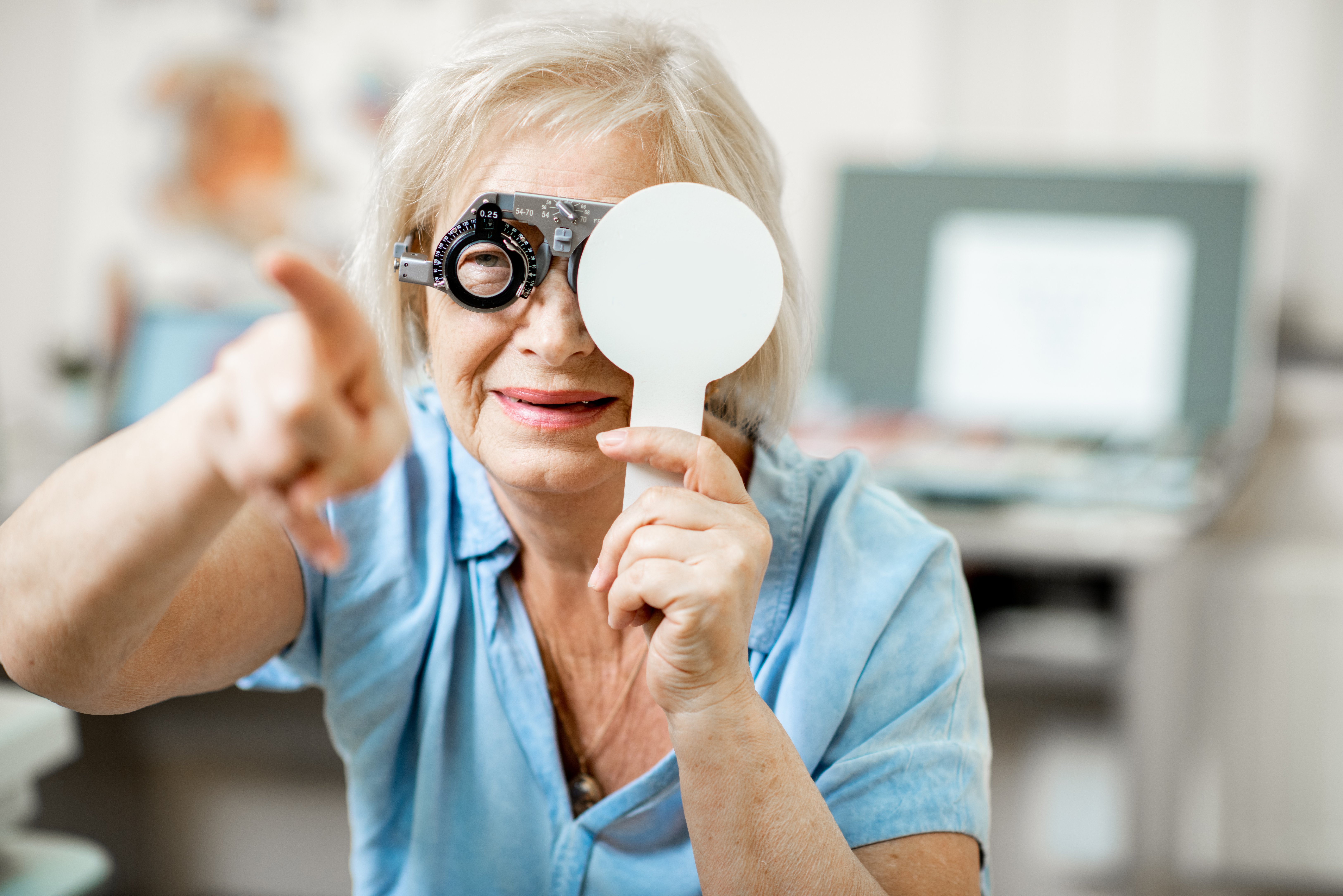
The human eyes fully develop when one reaches their early 20s. They tend to stay the same all through the 30s. But as people age, they begin to notice changes in vision clarity. At this point in life, most people start developing changes in eye function resulting from eye conditions and diseases.
These changes do not affect every person, but some people are more prone to eye diseases due to various factors. Some of the common age-related eye conditions include:
Eye Conditions and Diseases Related to Aging
Dry Eye
Dry eye is a condition that occurs when the tear glands in the eyes do not work well. Tear glands are responsible for producing moisturizing oils to keep the eye moist. Without enough moisturizing oils, the eye becomes dry, causing a burning or stinging feeling.
Dry eye can also cause a sandy sensation, causing discomfort. This eye condition is common among the elderly. If you have a dry eye condition, your doctor may prescribe special eye drops or ointment to alleviate dryness and restore comfort.
Blepharoptosis
Also known as ptosis, blepharoptosis is an eye condition where the upper eyelids droop slightly. In some cases, the drooping eyelids cover the pupil and block vision. Drooping is a result of weak levator muscles found in the eyelids. Eye doctors treat this eye condition through surgery.
Cataracts
There are a few types of cataracts. Such as nuclear cataracts, which are common among the elderly. Some symptoms of cataracts include blurry vision and increased nearsightedness. As the cataract continues progressing, the eye lens turns brown or yellow, making it difficult for a person to distinguish between shades of color.
Without proper treatment, an advanced cataract may lead to blindness. Fortunately, eye doctors can treat cataracts through surgery. They replace the cloudy lens with a clear lens, restoring clear vision.
Diabetic Retinopathy
Older people with diabetes are at a higher risk of developing diabetic retinopathy. There are no early signs of this disease, making it hard for patients to realize if they have it. People with diabetes must schedule regular eye exams to detect it on its onset.
If you have diabetes, you should try to keep track of your cholesterol, blood pressure, and blood sugar. This will help in the prevention of diabetic retinopathy. Your doctor may suggest laser surgery if the condition is at its later stages to slow down its progression.
Glaucoma
Glaucoma is one of the leading eye conditions that may result in irreversible blindness. It is the silent thief of sight since it has no early symptoms. Regular dilated eye exams can help detect glaucoma at its early stages. While the disease has no cure, eye doctors help patients manage glaucoma through surgery, lasers, or by prescribing eye drops.
Other common age-related eye conditions include:
Vitreous detachment
Presbyopia
Reduced pupil size
Decreased color vision
Loss of peripheral vision
Tips for Keeping Your Eyes Healthy at Any Age
Eye specialists recommend that everyone undergo an eye exam at least once every six months. Eye doctors do a series of tests during an eye exam to help detect hidden eye conditions and evaluate eye function. Eye doctors can treat most eye conditions on their onset.
You can keep your eyes healthy by making smart food choices, avoiding smoking, maintaining a healthy weight, staying physically active, and spending less time focusing on digital screens.
For more on how eyes change as we age, visit Diamond Bar Optometric Center at our office in Diamond Bar, California. Call (909) 861-4999 to book an appointment today.





